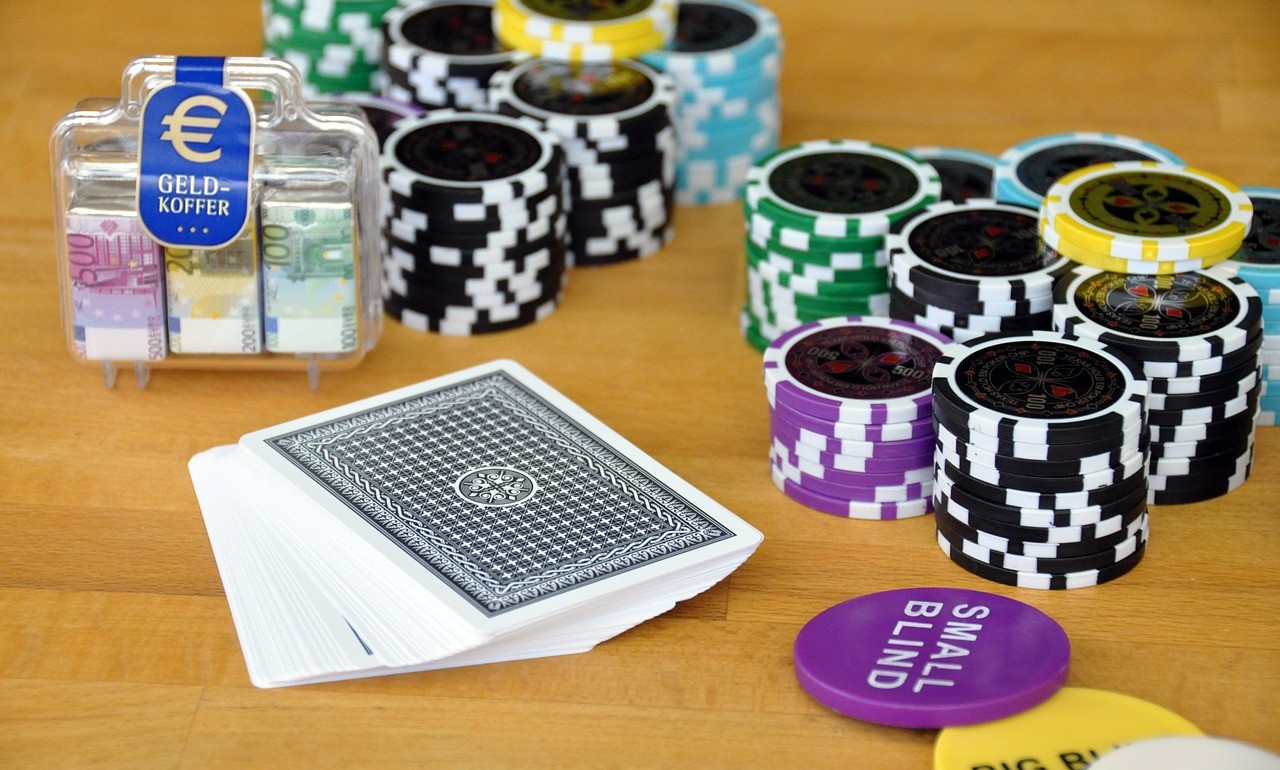Bluffing is an important element to master in poker, but should only be attempted at the most opportune times where your likelihood of success is at its greatest. Semi-bluffing is tried more frequently than a pure bluff. The difference between a bluff and a semi-bluff depends on the chances that your hand may improve on either the turn or river cards. A pure bluff usually has no chance of your hand improving or of taking down the pot if your opponent calls your bet. On a semi-bluff, there is likely some chance of winning the hand if the other player calls.
The Pure Bluff
Pure bluffs are attempted when you have little or no pot equity and will rely on the usually large size of your bet and the belief that your opponent will fold in order for you to win the hand. Semi-bluffs are typically done in drawing situations where you have some equity and where winning the pot, if your opponent calls you, will be dependent upon catching one of your cards or outs on the turn card or river.
As an example, say you are holding Ad-4d and the flop arrives as 6d-8c-Qd. You may not have the best hand after the flop because someone may have a pair. But you have nine outs to draw for another diamond for the nut flush, which is an awesome drawing hand. A bet at this stage of the hand would be a semi-bluff because you probably are not ahead in the hand. However, you do have strong possibilities of improving your hand on either of the next two cards. Before you attempt to go for a pure bluff, make sure that all you need to know about poker is already in your head!
Example
As another example, imagine you are the big blind and look at your hole cards to see 5c-6c. The player on the button raises and everybody has folded except for you. You decide to call with suited connectors. The flop comes Qh-Qs-10d, which ruins any chance of hitting a flush or straight. A terrible flop, to say the least. You have virtually no equity at this stage in the hand, as the button player will likely have a better kicker than your measly 6c. The only way to win the pot would be a pure bluff. You decide to bet the pot, hoping to make your opponent believe that you have a Queen in the hole to make trips or a set. This is a pure bluff attempt because your pot equity is just about zero and if your opponent calls your bet, you will probably lose.
From the above examples, you can easily see that a semi-bluff involves the possibility of your hand improving and winning the pot if all bets are called through to showdown. A pure bluff requires your opponent to fold or else you more than likely won’t win. The less pot equity you have in the hand, the greater is the risk of your attempt at bluffing. Having little or no equity is a pure bluff, while having some equity and drawing possibilities is regarded as a semi-bluff.
Advantages
Attempting a semi-bluff has advantages. When you bet first and are the aggressor, there is always the chance that your opponent will fold and you won’t even be required to make your draw. A semi-bluff also disguises the hand you are holding and makes your opponent believe that you have a stronger hand than you actually do have at that stage of the hand. You can sometimes win bigger pots if you do hit your draw because your table rival may not believe that you came out betting on a draw, as opposed to betting as the result of having a strong hand at that stage of the hand.
Semi-bluffing works best in big flush draws where you have the Ace or King and won’t lose out to a higher flush. Open-ended straight draws are also good spots for the semi-bluff, such as holding J-Q when a flop of 10-3-K hits the board, giving you eight outs to hit the straight. Those type of drawing hands have pretty good equity versus pairs, which makes them ripe for semi-bluff attempts.
Should you be contemplating a bluff and are sure your opponent will call your bet, that defeats the purpose of your bluff attempt because it is not a bluff if you’re certain to get called and because you have no fold equity in the hand. Your equity is the pot equity, which won’t be very high or else a bluff attempt wouldn’t be necessary in the first place. If you are reasonably certain that your opponent will not fold if you bet, then it is not logical to put money into a pot when the cards you are holding are not the best hand at the table.
Situations
The best semi-bluffing situations are those where your hand can improve and you have a good chance of winning should your bet be called. A semi-bluff is impossible following the river card because at that stage in the hand there is nothing to improve upon. A bluff attempt at that juncture would be a pure bluff and not semi. Remember to try bluffs when you believe your opponent may fold because of your bet. Failing that, bluffs are best attempted when your hand has a chance of improving and you can still win via showdown. Bluffing and semi-bluffing is an integral part of poker, but must be limited to the proper situations and scenarios in order to achieve the highest degree of success.
